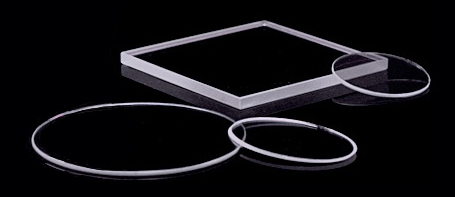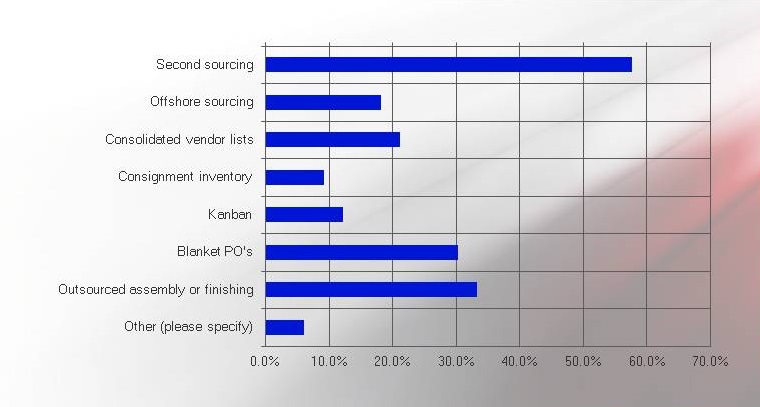The Pros of Large Diameter Optics in Space
To achieve higher resolution and sensitivity in extraterrestrial observations, larger diameter optics are being developed and used in space applications. Telescopes and observation instruments with up to 12 inches (30cm) diameter optics have proven to be beneficial in enabling more accurate data collection and analysis.
Read More >












